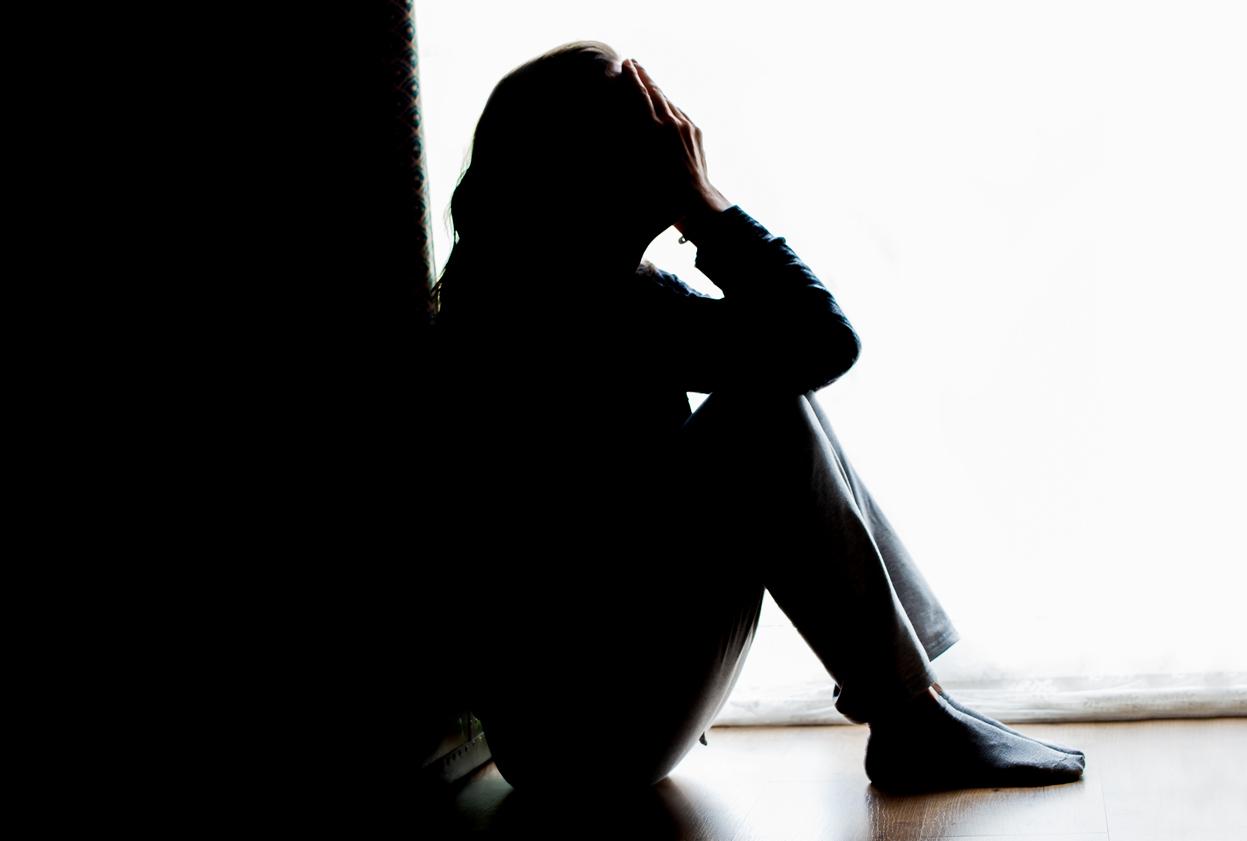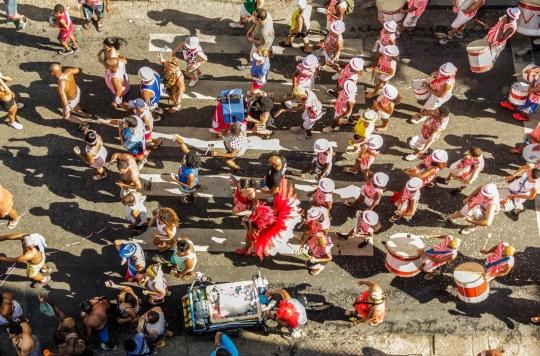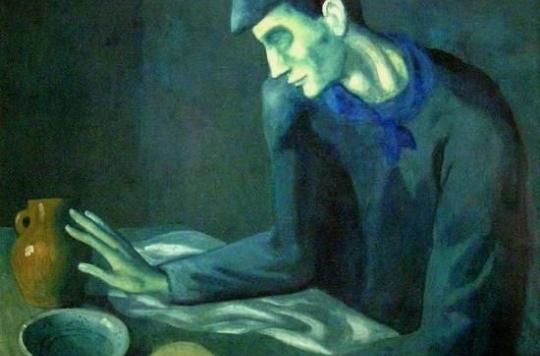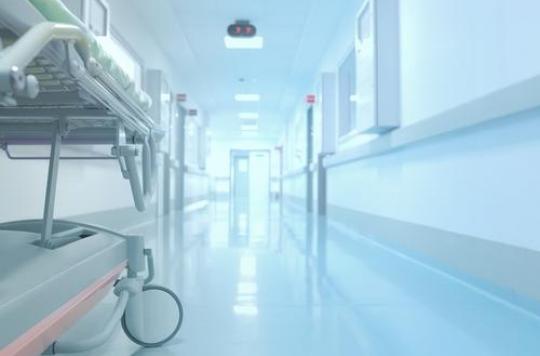In his latest report, the controller general of places of deprivation of liberty denounces the practices of restraint and isolation imposed in psychiatric hospitals.

The finding is alarming. In a report published this Wednesday, the controller general of places of deprivation of liberty (CGLPL) takes stock of the abuses of French psychiatric hospitals. Infringements of the fundamental rights of patients, non-respect of their privacy, sloppy medical care… The complaints are numerous. Since 2008, when it was created, the CGPL has made 112 visits to mental health structures. Or 40% of psychiatric hospitals listed in France.
Abuse of the use of seclusion and restraint
The CGPL teams looked into the use of seclusion and restraint. Isolation, considered by the Haute Autorité de Santé as “full-fledged care”, is a common practice in health establishments. It aims to “place, on the decision of a doctor or a caregiver, the patient in a closed space that he cannot open”, specifies the CGPL.
Restraint, on the other hand, involves the use of mechanical equipment – ties, ties, straitjackets – to immobilize a patient.
These practices, which have become commonplace, are singled out. The observation is clear: “Even though their therapeutic efficacy is not formally proven, the practices of seclusion or restraint have experienced an upsurge in the last twenty years”, denounces the CGPL in its report. Certain patients in a situation of “crisis would not always benefit”, when they are placed in isolation, “from a medical examination which must however be carried out immediately in order to eliminate a contraindication”.
The CGPL reports that the rooms or rooms dedicated to the isolation of patients would not have any alarm bells. And when they are equipped, patients cannot reach them, since they are immobilized by restraining links. Some would therefore remain destitute, condemned to await the passage of a nurse, and this even in cases of serious illness.
“Locked-in patients have no other means of appealing to caregivers than to knock on the door or to shout, sometimes in vain -” we don’t necessarily hear them “said a caregiver”, summarizes the CGPL.
The CGPL has also recommended since 2009 that recourse to seclusion or restraint be “recorded in a specific register”, in order to avoid any drift. It was finally last January that this recommendation was passed into law.
The dignity of patients violated
Another worrying finding, the right to privacy would be violated. In some structures, video surveillance cameras have been installed in the isolation rooms. “In some cases, depending on their workload, rather than going to the isolated person, nurses will simply check their condition remotely,” denounces the CGPL. And in the majority of cases, the cameras also film the toilets … “removing all privacy from the patient who can be ” viewed ” in his most intimate gestures,” continues the CGPL.
According to the organization, thermal cameras and microphones would also be installed, to scrutinize the actions of patients. Another devastating fact, in isolation rooms without sanitary facilities, patients “are obliged to use a pierced chair or a hygienic bucket. The fact that some patients are kept tied to their beds without a call system can put them in a situation where they sometimes have no other possibility than to do their natural needs on them, “criticizes the report. Experiences very frequently perceived as humiliating for the sick.
.















